Psycho contains one of the most deconstructed and talked-about sequences in film history. I’m referring to the shower scene, of course. There is an entire documentary film devoted to this one scene. The murder of Arbogast has also received a lot of attention. I am going to go in a different direction and focus on my own personal favorite scene in this movie: Arbogast’s questioning of Norman Bates.
To set the scene: Arbogast (Martin Balsam) is visiting all the hotels in the Fairvale area, looking for any sign that Marion Crane has stayed there. This is set up with a brief montage. Our scene opens on a dissolve to the Bates motel, with Norman sitting outside, eating candy corn and reading. This sequence will run 8 minutes and 13 seconds, which comprises 7% of the entire film. That’s a pretty long sequence for a two-person dialogue. And yet it seems to pass in much less time. There are 99 editorial cuts, which averages out to about one cut every 5 seconds. Lets look at how the master did it.
The opening shot is longest of the entire sequence, running about 64 seconds without a cut. As Norman is sitting in his chair, Arbogast pulls up, gets out of his car, walks up to the porch, and introduces himself. Arbobast is clearly a detective with good instincts. He comments that the Bates Motel is the first place he’s seen that looks like it is hiding from the world. This is a classic interrogation scene between a man whose job is to find the truth, and another man who will do anything to hide it.
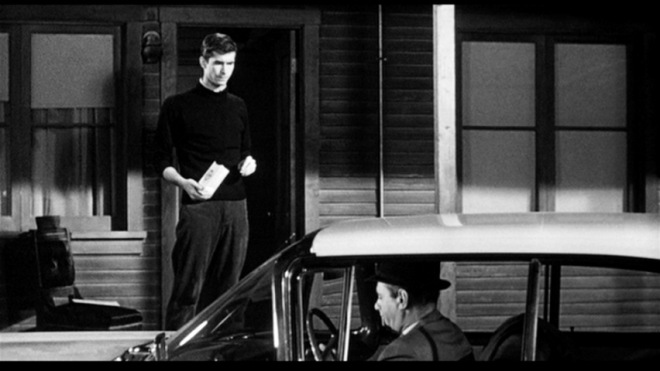

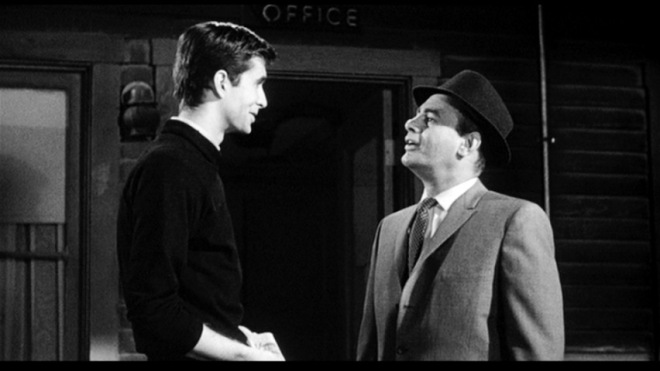

As the two men walk into the motel’s office, Hitchcock cuts to the office interior, following the two inside. This second shot of the sequence is the second-longest, running 36 seconds. This establishes the men in a medium two-shot.
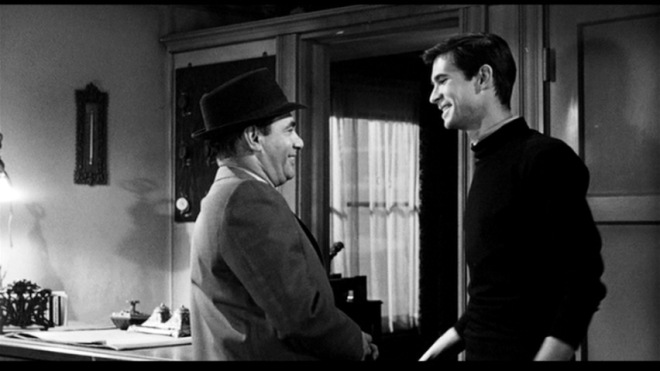

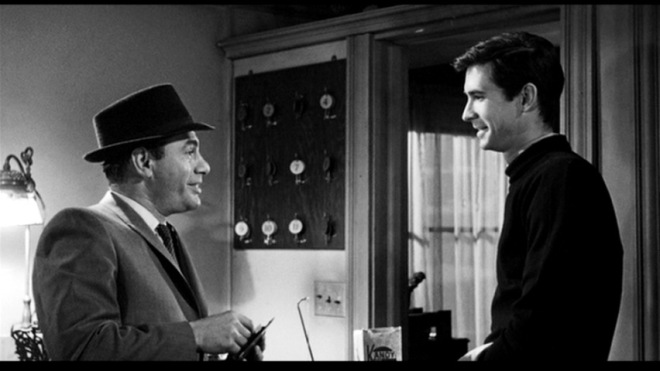
Now Arbogast hands the photo of Marion to Norman, and Hitchcock begins a standard back-and-forth cutting, keeping both men in a medium shot. Arbogast asks Norman to look at the picture “before committing yourself”. Interesting choice of words to use with someone who will literally be committed by movie’s end. Note the mirror behind Arbogast, capturing his reflection, and Norman’s stuffed birds behind him in the parlor. While the cutting here is fairly standard, Hitchcock often has the camera not on the speaker, but on the listener. Reactions are very important in this scene, as Arbogast begins to suspect something is awry, and Norman’s attempts to dissemble become more uncomfortable.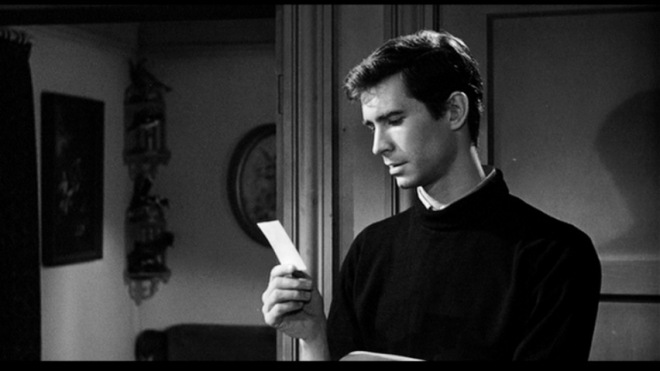
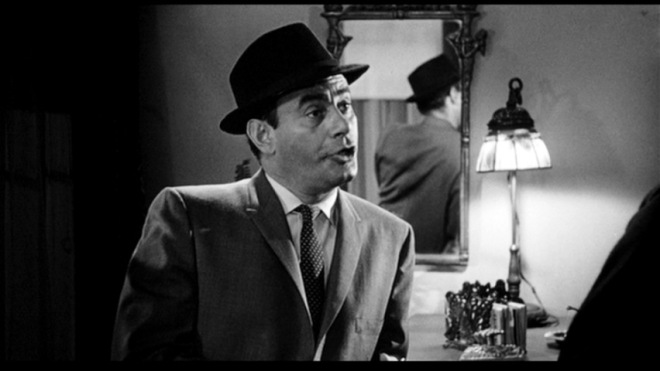


At this point, Norman leans over and flips a switch, and Hitchcock cuts to the Bates Motel sign lighting up. Both shots last about a second together, almost subliminal. Martin Scorsese has suggested this quick shot is rather like a slash from Norman’s knife.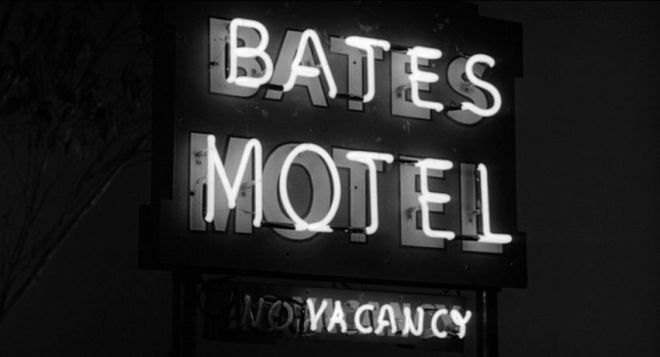
After a little more standard back and forth cutting, with the same framing as before, Arbogast asks to look at the motel register. Hitchcock cuts to a closer side-view of Arbogast’s hands above the register. Then comes the most peculiar, and interesting shot of the entire sequence. As the camera remains static, Norman moves around to look at the name in the register that Arbogast has pointed out. The camera is looking up at the underside of his chin and his neck. This scene plays for 16 seconds with no cut. Hitchcock did something similar in a few films, having a character move into a close-up rather than cutting to them, but he never did it in such an unsettling way as he does here.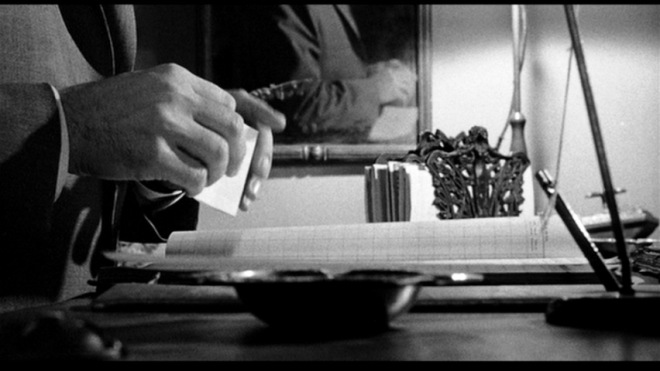
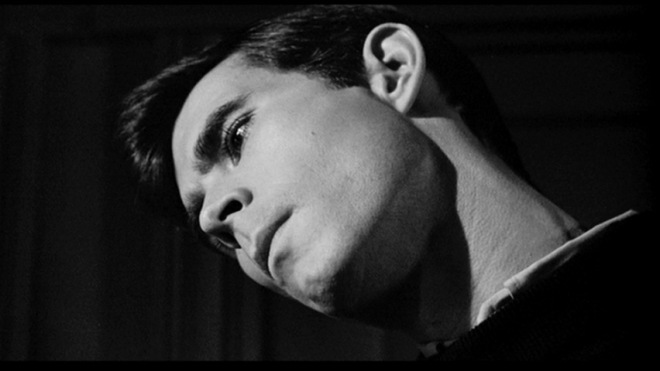
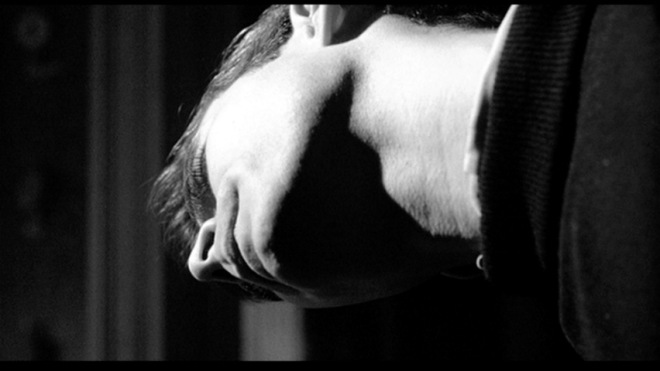
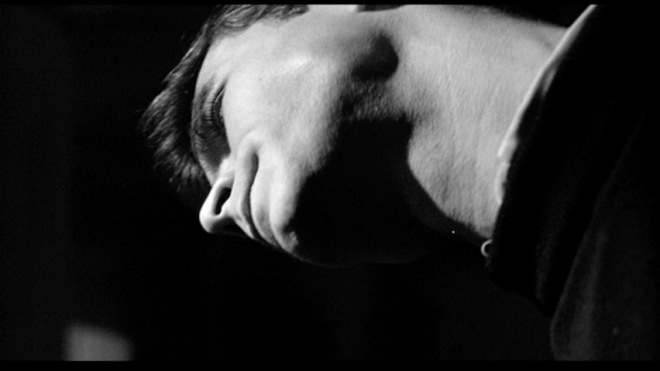
And now Hitchcock returns to the back-and-forth cutting. Only now, the men are in close-ups rather than medium shots. and the shots themselves are shorter. The close-ups and tightening shots heighten the tension on screen. Arbogast has caught Norman in a lie, and begins to press him. Norman begins to stutter, expressing his discomfort even more, especially when Arbogast asks if Norman slept with Marion. Arbogast openly admits his skepticism of Norman’s story: “If it doesn’t jell, it isn’t aspic, and this ain’t jelling.” 
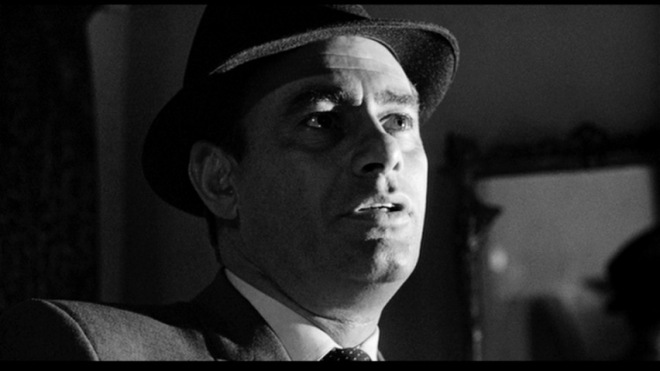
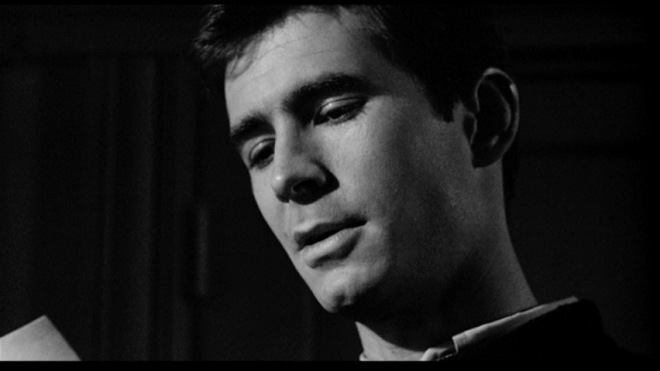
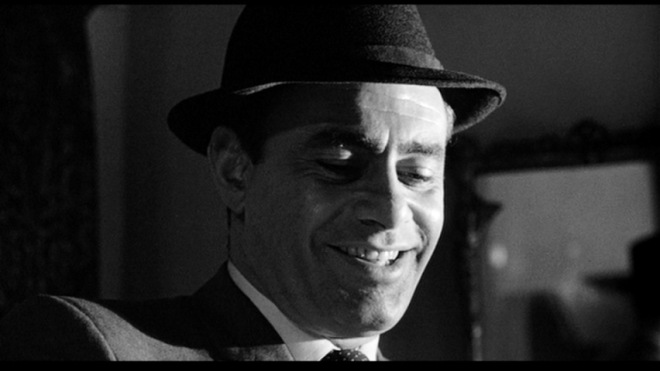
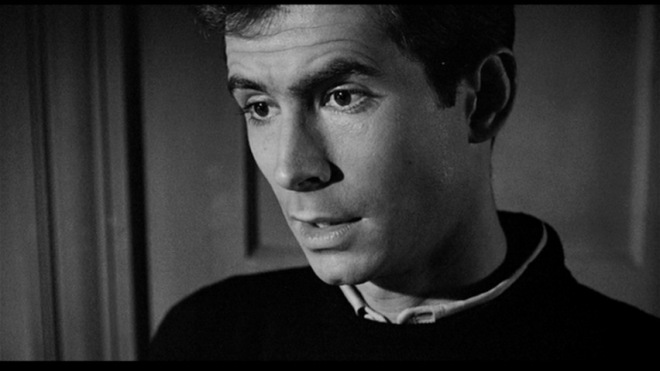
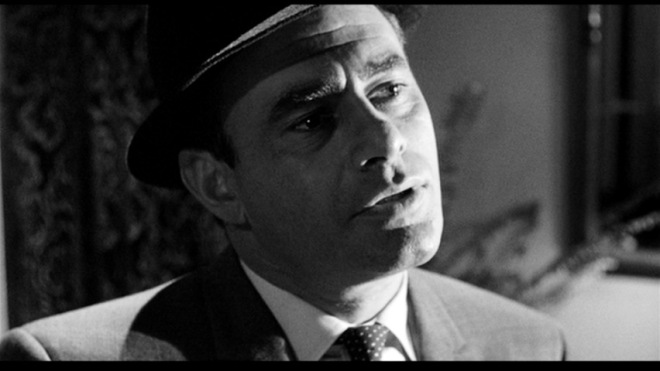

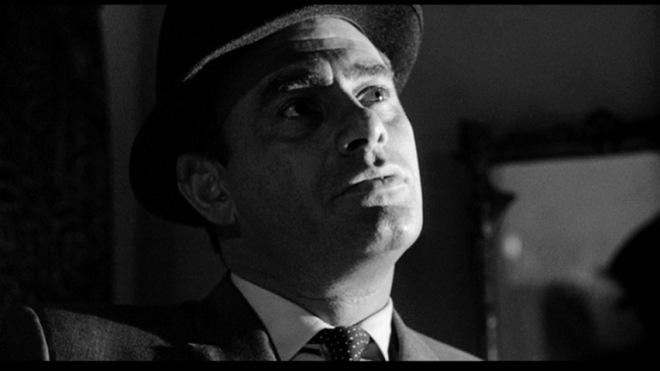
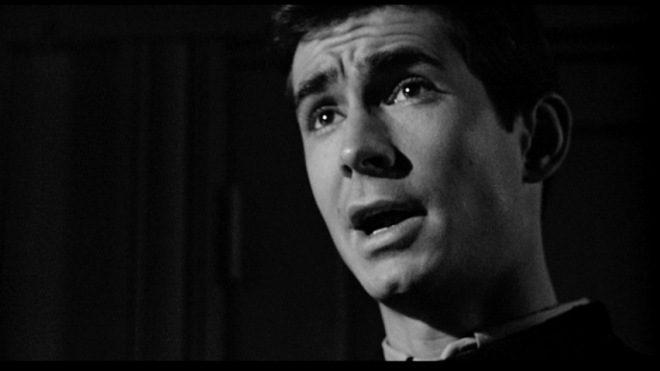


Finally the tension is broken with a return to the medium two-shot, followed by the men walking outside. Arbogast walks up to the left, and then we finally get a subjective POV shot (Hitchcock just had to sneak one in), as Arbogast looks at Norman going down the line of cabins, then looks up at the house, seeing “Mother” in the window.
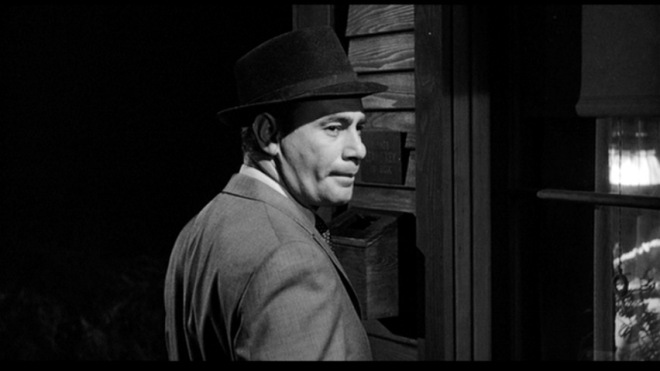


Norman comes back quickly, and the two men finish the sequence with another series of back-and-forth shots, only this time framed “over the shoulder”. Arbogast presses Norman about Mother, and Norman finally asks Arbogast to leave. Finally Arbogast drives away, leaving Norman alone in the dark, and the scene ends as it began, on a dissolve.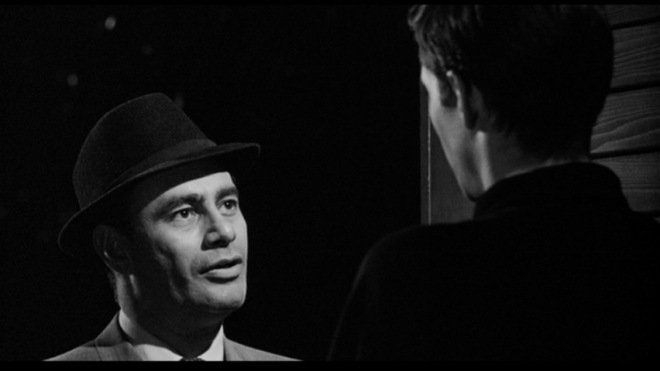
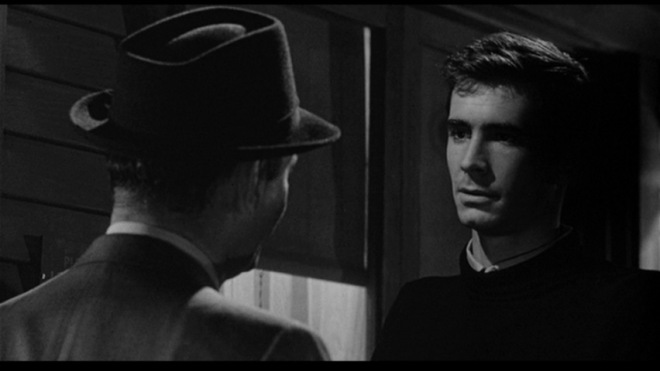
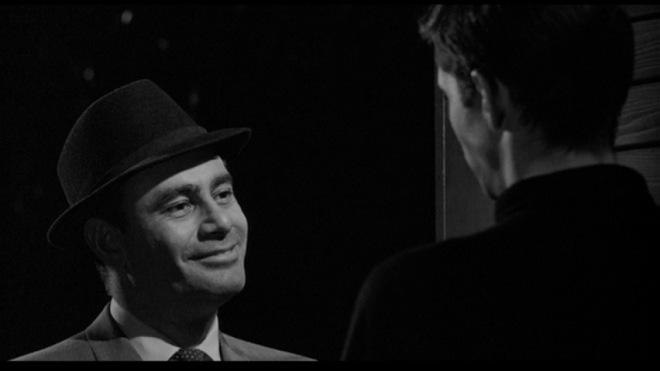
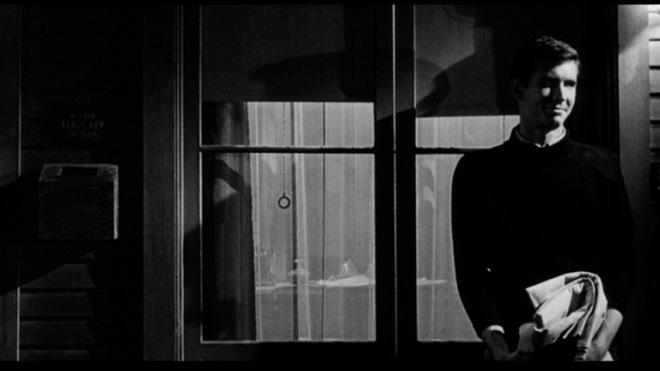
For me, this sequence is absolutely perfect. The writing, the powerhouse acting by two actors at their absolute best. And of course Alfred Hitchcock’s direction. As he did in most of his memorable sequences, he combined his three favorite techniques here: the long take, the quick cuts (or montage), and the subjective POV. Even when the cutting is standard, he breaks it up by cutting to the listener rather than the speaker, or cutting over dialogue mid-sentence. And he inserts one of the most bizarre camera angles ever seen on film for a two-person dialogue shot. Once again, something that could have been quite simple became much more than that in the hands of Hitchcock.



 has already explored the long legacy of Alfred Hitchcock’s Psycho in movies and television. Now let’s take a brief look at the legacy of Psycho in print.
has already explored the long legacy of Alfred Hitchcock’s Psycho in movies and television. Now let’s take a brief look at the legacy of Psycho in print.









 9 – original air date 4/28/2014
9 – original air date 4/28/2014 son 2, Episode 8 – original air date 4/21/2014
son 2, Episode 8 – original air date 4/21/2014
 on 2, Episode 6 – original air date 4/7/2014
on 2, Episode 6 – original air date 4/7/2014